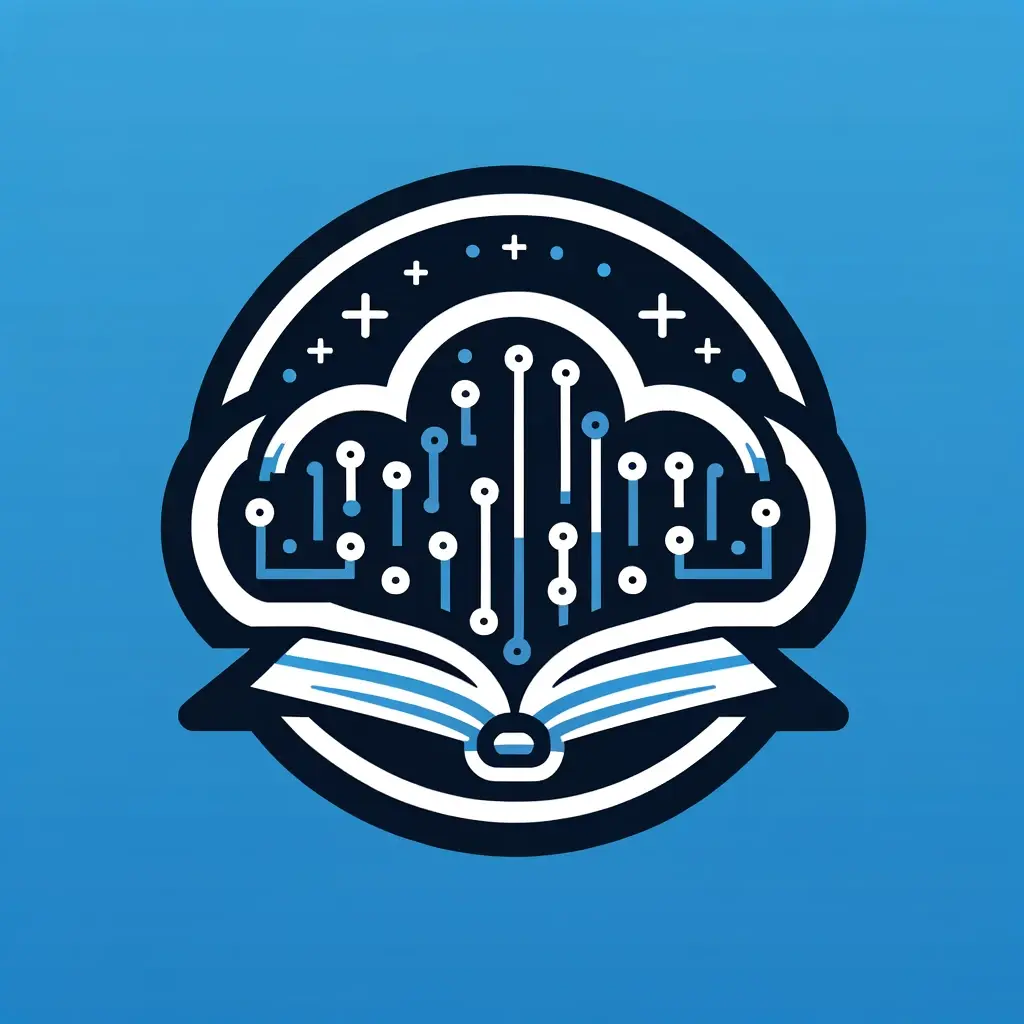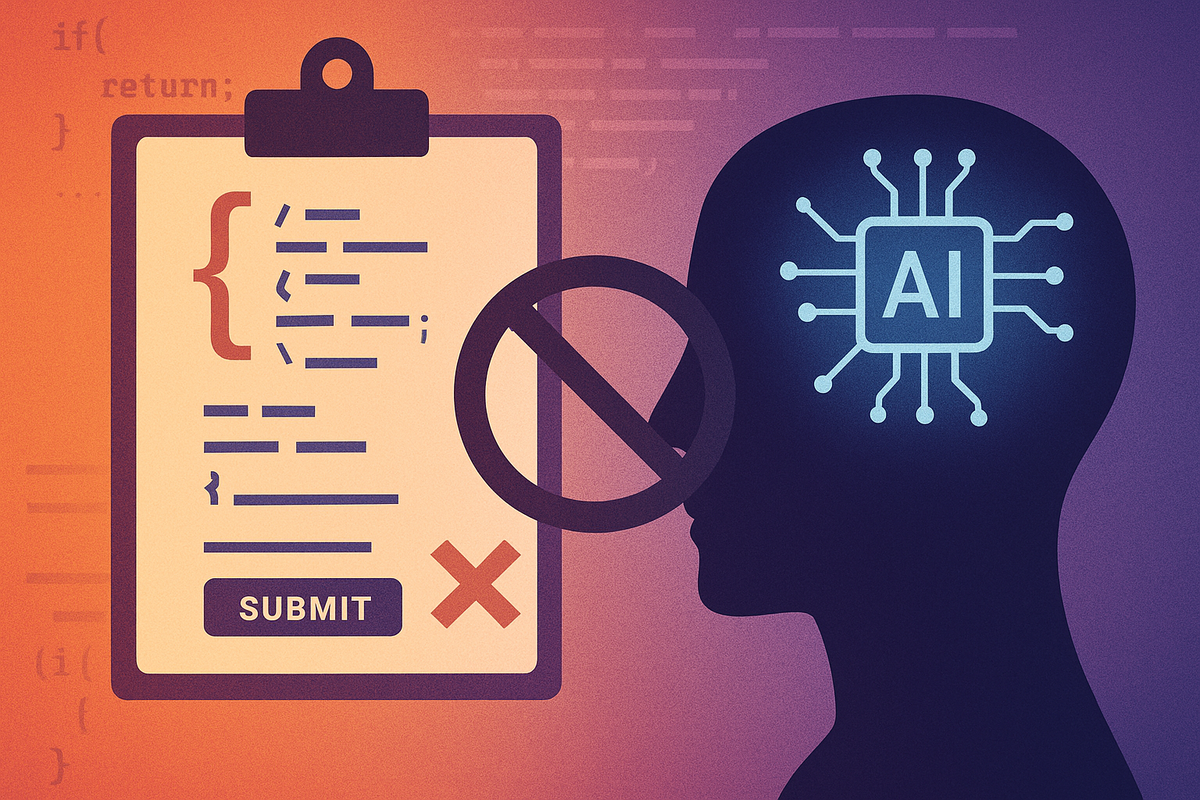After 25 years in technology leadership, I’ve witnessed hiring practices evolve from whiteboard algorithms to LeetCode marathons. While I haven’t been actively hiring lately, the conversations I’m having with fellow CTOs and the rapid advancement of AI tools are making one thing crystal clear - the traditional technical interview has become obsolete.
Consider this scenario: a junior developer uses Claude to solve a complex database optimization problem in minutes—the same problem that would have challenged senior engineers just two years ago. When AI can handle tasks we’ve traditionally used to evaluate technical competency, we need to seriously question what we’re actually measuring.
The uncomfortable truth is that our industry has relied on coding challenges because they’re convenient. They’re easy to standardize, simple to score, and give us the illusion of objectivity. Ask someone to reverse a binary tree, verify they remember the syntax, and call it rigorous evaluation. But when GitHub Copilot writes cleaner code than many experienced developers, this approach feels increasingly irrelevant.
From my discussions with other technology leaders, the most successful teams are shifting their focus entirely. Instead of “implement a hash table,” they’re exploring how candidates approach building features when requirements are unclear and stakeholders disagree. Rather than algorithm trivia, they’re discussing how someone handles technical debt or mentors team members. The insights from these conversations reveal far more about a candidate’s potential contribution.
The engineers who will thrive in our AI-augmented world aren’t necessarily those who can code fizzbuzz from memory. They’re the ones who can deconstruct complex problems, translate technical concepts for business stakeholders, and collaborate effectively when everyone’s working with AI assistance. They understand when to trust AI suggestions and when to apply critical thinking to question them.
This transformation is already happening in development teams everywhere. The most effective engineers now spend less time writing boilerplate and more time on architectural decisions, code reviews, and cross-functional collaboration. The role is becoming more strategic and inherently human. Yet our hiring practices continue optimizing for individual coding speed over team dynamics and strategic thinking.
The path forward involves collaborative evaluation sessions where candidates work alongside existing team members on real problems the organization faces. This approach reveals how they ask questions, process feedback, and adapt when initial approaches fall short. It simulates the actual reality of modern development—constant context-switching between AI tools, legacy systems, and evolving stakeholder needs.
The resistance to this evolution echoes past industry shifts. When we moved from waterfall to agile methodologies, senior engineers worried about lowering standards and developers becoming too dependent on external resources. The pattern feels familiar. Developers have always built upon existing solutions. AI simply accelerates and democratizes this process.
The most valuable team members aren’t those who excel at coding challenges in isolation. They’re individuals who demonstrate genuine curiosity about problem domains, ask insightful questions about technical constraints, and show they can contribute effectively in collaborative, AI-enhanced environments.
We must stop conflating memorized syntax with engineering competence. The future belongs to developers who think strategically, communicate with clarity, and leverage AI as a force multiplier rather than viewing it as a threat. Our hiring practices need this fundamental shift before we miss the talent that will actually drive innovation forward.



